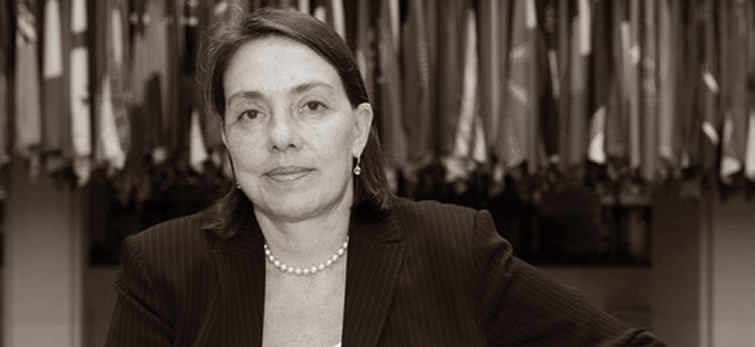Role of the IMF in the Global Financial Crisis
Abstract:
More than two years on, the impact of the financial crisis that erupted in August 2007 is still being felt as the global economy emerges from the Great Recession. The crisis intensified dramatically after the bankruptcy of Lehman and the rescue of insurance giant AIG in September 2008, which narrowly avoided a near-simultaneous failure of multiple counterparties. The International Monetary Fund’s early forecast of the severity of the resulting economic downturn (IMF 2008a) helped mobilize concerted official action to address quickly and forcefully these extraordinary economic and financial events by providing fiscal stimulus to sustain growth, as well as capital injections and guarantees to ease the credit crunch. Following the emergency summit of G20 leaders in Washington in November 2008, support packages for banks were put together in a hurry in the United States, Europe, and elsewhere to prevent the disorderly failure of systemically important institutions and to restore confidence in the financial system. These unprecedented interventions prevented a meltdown and contributed significantly to signs of economic and financial stabilization since the spring of 2009. In this article, I review the role of the IMF in the global crisis and argue that the Fund has emerged as a powerful institutional force, providing analysis and recommendations that have served as the basis of official action on several fronts. By contrast, the Fund was barking up the wrong tree when it focused its attention on the global imbalances and adopted the Surveillance Decision in the run-up to the crisis in 2006–07.



